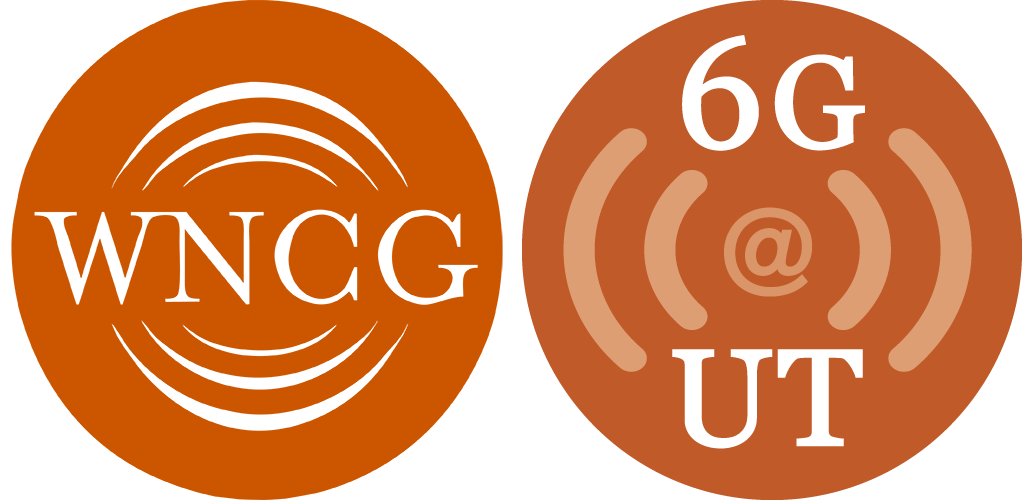Abstract:
Vector and matrix codebooks can be applied in various communication and computation problems, especially in the MIMO domain. When problem dimensionality grows, as in massive MIMO problems, computation complexity for encoding and decoding becomes an issue. For this, codebooks with entries in a limited alphabet become particularly interesting. When codewords are complex-valued, the lowest multiplicative complexity is achieved if codebook entries come from the QPSK constellation. In this talk, QPSK codebooks are designed from families of mutually unbiased bases (MUBs). MUBs have a known role in quantum communication, coding on projective spaces, and compressive sensing. In dimensions that are powers of two, MUBs can be naturally represented as unitary matrix QPSK codebooks, which act as an abundant source of lower rank codebooks. Here, bounds on minimum distances for matrix and vector codebooks are first discussed. Then, MUB-codebooks are extended to codebooks based on families of MUBs, significantly increasing the number N of codewords. For specific extensions, such codebooks meet minimum distance bounds with equality. The codebooks come embedded with a natural family of generalized Hadamard transforms, leading to N log N overall processing complexity. Examples in limited feedback precoding, and in non-linear precoding for multi-user massive MIMO with 1-bit Digital-to-Analog converters are discussed.
MIMO processing codebooks with limited implementation complexity
Event Status
Scheduled
Event Details
Date and Time
Jan. 26, 2017, All Day

